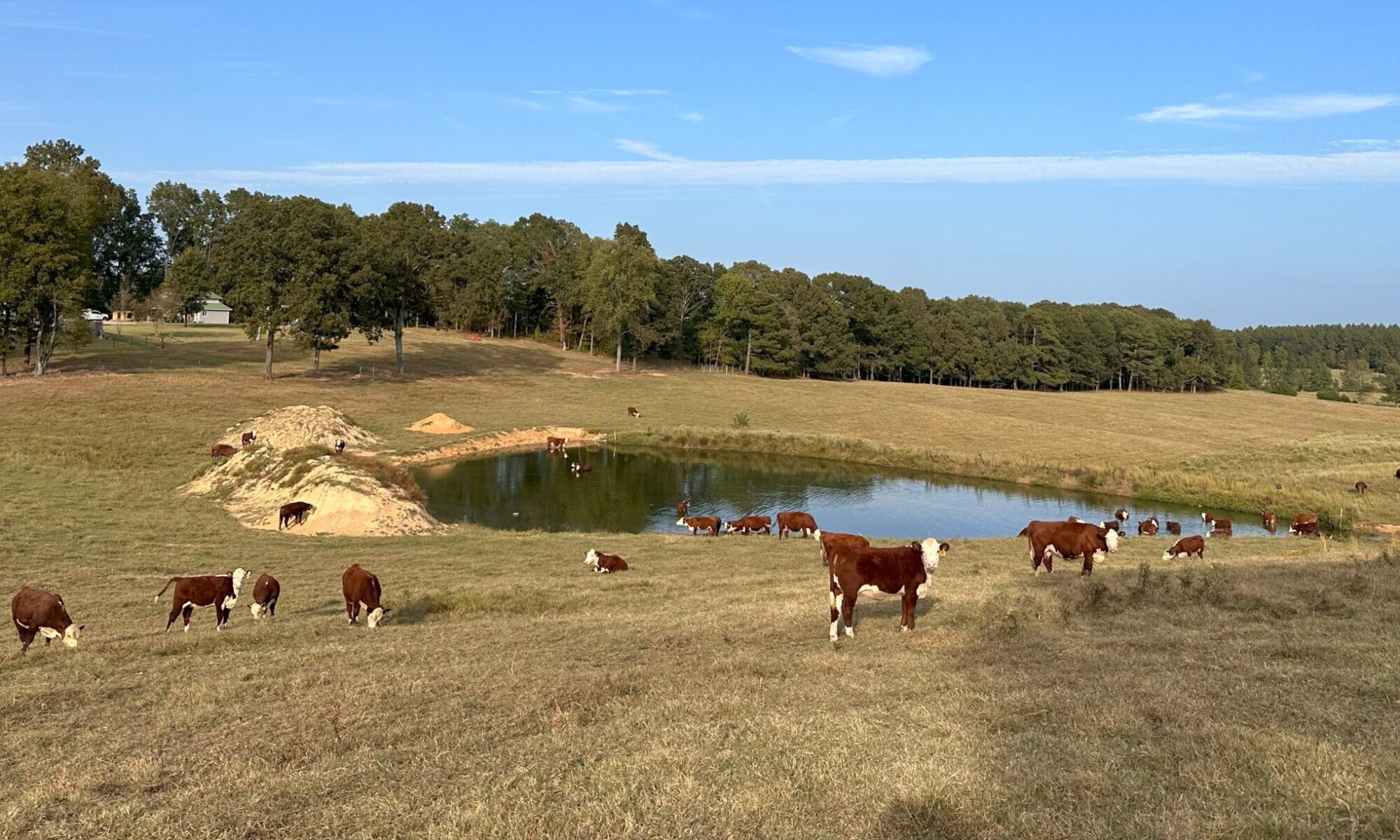

Dr. Katie Mason
Assistant Professor and Extension Beef Cattle Nutrition Specialist
Department of Animal Science
P: 865-974-8941
Originally published in Progressive Cattle magazine:
https://www.agproud.com/articles/59594-southeast-a-cool-drink
Summer heat is inevitable and when the days start to heat up, it is nice to have a cool drink, right? As high temperatures set in, ensure that your cattle have access to plenty of water and that it is good quality.
Of all of the nutrients required for cattle, water is the most critical and often overlooked, or at least taken for granted. Water plays a key role in digestion and is the driver of many other physiological reactions in the body. Research indicates that cattle are more willing to drink high-quality water compared with contaminated water. Reduced feed intake and increased risk of heat stress may result if cattle do not have access to high-quality water. Water intake is influenced by ambient temperature, stage of production, and body weight. Though some water can come from high-moisture feed sources like fresh pasture and silage, it also needs to be supplied as clean drinking water. During the warmest months of the year, mature cows may consume up to 2 gallons of water per 100 lb of body weight. That equates to 25 to 30 gallons of water per head per day for mature cows in the Southeast. Yearling calves may drink up to 15 gallons a day. In addition to providing adequate amounts, it is important to be sure that water is good quality as well.
High levels of contaminants, such as excess nutrients, toxic compounds, or microbial agents, in water can reduce water consumption. On hot days in the summer, water in the direct sunlight heats fairly quickly. If the water temperature is greater than 80 degrees F, cattle are less likely to drink it. If possible, place waterers under shade structures to keep the water cool. One contaminant to keep in mind is nitrate. We often test summer forages for nitrates, but it is important to consider nitrates from all sources of intake, as the cumulative amount above a certain threshold will affect cattle negatively. Microbial agents to be aware of include fecal coliforms and blue-green algae (cyanobacteria). These microbial agents signify the presence of fecal matter, potential pathogens, and toxins in the water which can result in sickness or death. Keep cattle out of ponds and streams to preserve water quality. This can be achieved by fencing cattle out of ponds and stream banks, or only allowing cattle access to a small area of water. These are important considerations as you provide plenty of clean water this summer to help combat heat stress and enhance cattle wellbeing.